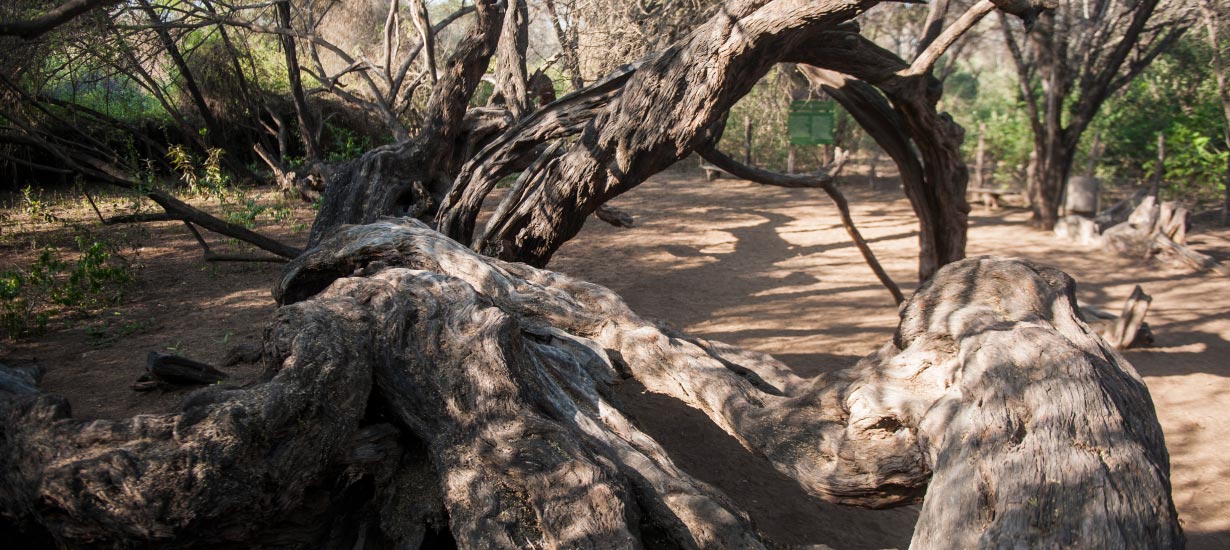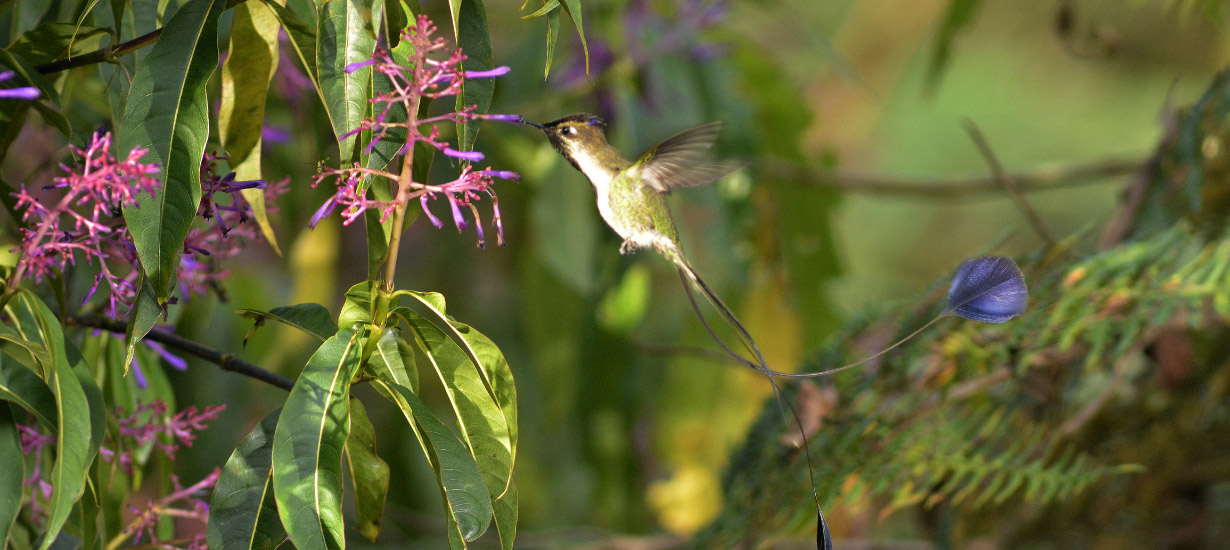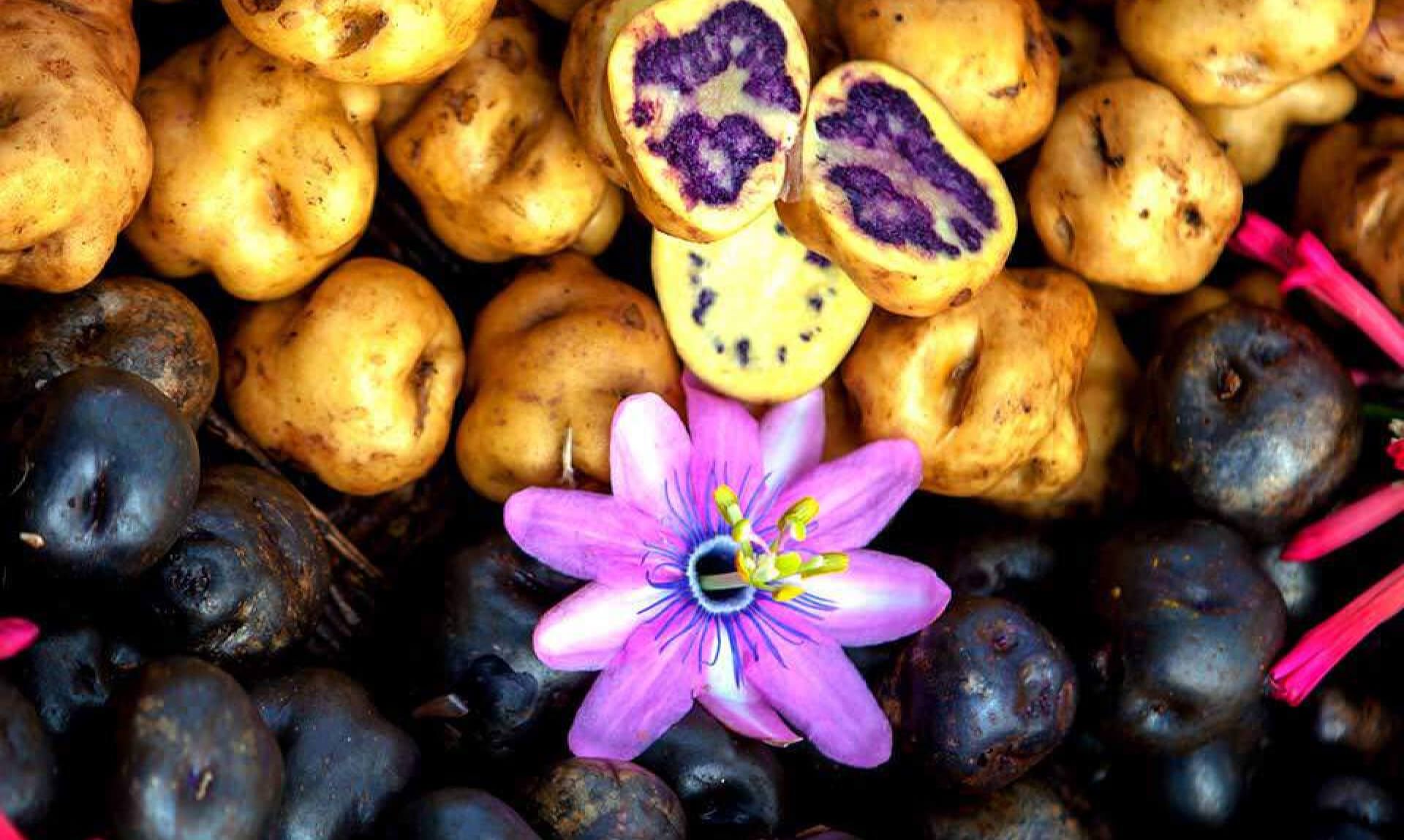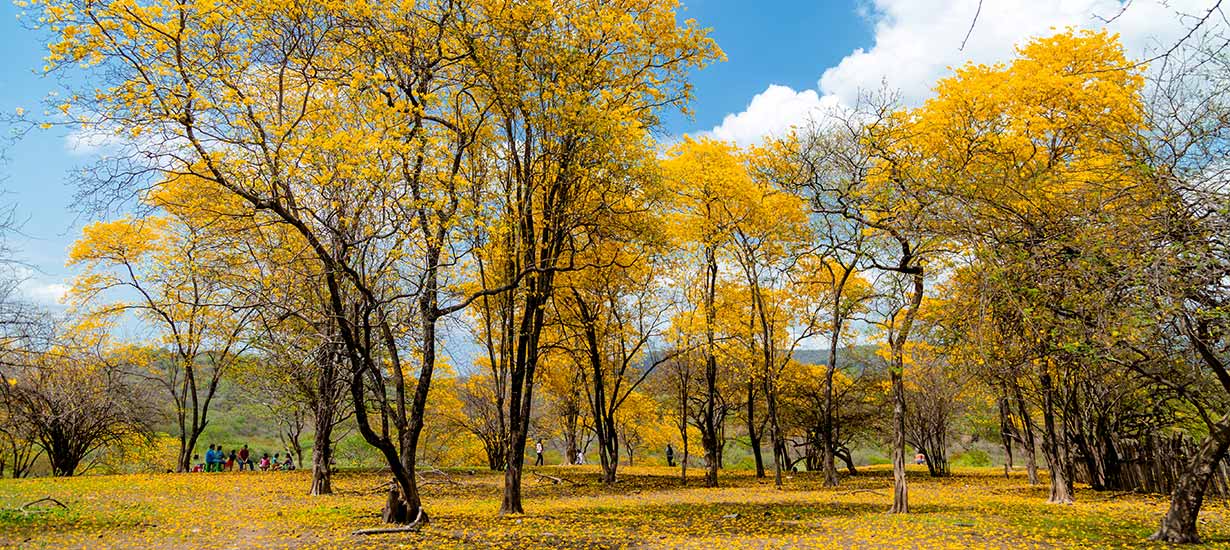Learn about these four reforestation projects in Peru
Síguenos en:Google News
Trees are essential for capturing carbon, stabilizing soil, securing water resources, and providing medicine, food, and habitats for countless species. In Peru, various initiatives have been launched to reforest areas to protect biodiversity, promote sustainability, and fight climate change.
Here are four excellent examples of reforestation in Peru that show how these efforts help preserve the environment and enhance the quality of life for local communities.
Bosque Seco Amotape (Amotape Dry Forest)
Tumbes
Peru has over 150 Private Conservation Areas (PCAs), including the Amotape Dry Forest. This unique site is situated in the Zorritos district of Tumbes, where the seasonally dry forest meets the Pacific Ocean, making it the only one of its kind in the country.
The history of the PCA dates back to 1997 when Javier Chang Lay and Teresa Chang purchased the land intending to create a retirement home. Confronted with a barren landscape, they chose to reforest and conserve the area. After years of hard work, the land was transformed into a thriving wildlife refuge, home to an impressive variety of birds, reptiles, and mammals.
Susana Chang, the daughter of the founders and a hotel specialist, leads the PCA, which emphasizes inclusive tourism. They have introduced tourist brochures in Braille, enabling visually impaired visitors to enjoy the natural surroundings. Additionally, they offer a mobile app featuring hiking trails and an interpretation center with infographics and QR codes.
The conservation of the Amotape Dry Forest shows impressive effort and dedication, proving that environmental degradation can be reversed. The Amotape Dry Forest’s PCA also serves as a bird banding station, supported by the North American Banding Council (NABC). During events like the Global Big Day, they have recorded 20 bird species, underscoring the significance of this natural refuge.
 Photograph: Brusela Malca
Photograph: Brusela Malca
Santuario Histórico Bosque de Pómac (Pomac Forest Historical Sanctuary)
Lambayeque
Located in the Pitipo district of the Ferreñafe province in the Lambayeque department, this area covers around 6 000 hectares. It protects the world's densest formation of carob trees and reveals Peru's rich biological and cultural heritage.
A highlight of the area is the Millennial Tree, a carob tree that has thrived for three to five centuries. The forest is home to 106 bird species, including 16 that are found nowhere else. This makes the Pomac Forest a popular destination for bird watchers.
Additionally, there is an archaeological site featuring 36 pyramids from Sican Culture. One of these, Huaca El Oro, has yielded significant gold artifacts linked to the legends of Naylamp and the Lord of Sican, including the renowned Golden Tumi. In 2001, the area was designated a Historic Sanctuary and became a Natural Protected Area.
Despite challenges posed by illegal agriculture and logging, a joint effort involving the government, NGOs, academia, and the local community successfully restored 1 706 hectares of degraded ecosystems. This achievement earned it the prestigious TOP 100 GREEN DESTINATIONS international seal of approval. This accolade recognizes destinations that prioritize ecosystem preservation and minimize their impact on the environment and local culture.
 Photograph: Ernesto Benavides
Photograph: Ernesto Benavides
Bongara Province
Amazonas
In Bongara province, Amazonas, coffee farmers are leading a major reforestation drive. In the Waterfall Valley, eco-groups in Cocachimba, San Pablo de Valera, and Cuispes are busy planting local trees like alder, cedar, shaina, and quina. Their focus is mainly on the roads linking Gocta waterfall to Cocachimba and San Pablo, as well as the pathway leading to Golondrina Creek.
Local nurseries are growing seedlings of these species to aid in reforestation efforts. Furthermore, in Cocachimba, educational workshops are being organized to teach children about identifying native species and their characteristics. This aims to foster a sense of responsibility towards nature conservation from an early age.
The government is stepping in by arranging to plant 47 000 forest seedlings in the Cuispes district. These seedlings consist of 35,000 coffee trees, 10,000 patula pine trees, and 2 000 alder trees. This initiative aims to enhance soil quality and promote sustainable agricultural production in the area.
 Photograph: Karina Mendoza
Photograph: Karina Mendoza
Refugio del Colibrí Cola de Espátula (Spatule-tailed Hummingbird Refuge)
Amazonas
Situated in Cocachimba district, right by the mesmerizing Cajuache waterfall, the Spatule-tailed Hummingbird Refuge offers a remarkable spot to observe these fascinating birds. Managed by Elmer Yalta and Sadit Lopez, this family-owned venture has transformed into a sanctuary for these endangered creatures. Renowned for their exotic beauty and ability to shift the color of their feathers in varying light angles.
The reforestation project in Bongara province has played a vital role in restoring the habitat and increasing the population of the spatuletail hummingbird. Once at risk due to deforestation, this beautiful bird has thrived with over a million native trees and shrubs planted, leading to a current population of over 3 000 individuals.
The sanctuary does not just shield this hummingbird but also provides a haven for over 150 bird species like tanagers and mammals such as the bobcat. The project has used exclusively local species for reforestation, including 18 types of flora.
Besides conservation efforts, the growing popularity of hummingbirds has brought them into the spotlight in new regions of the Amazon like Kuelap Fortress and Gocta Falls. This increased visibility is raising awareness and fostering care for these birds among the local communities living around their habitats.
 Photograph: Heinz Plenge
Photograph: Heinz Plenge







